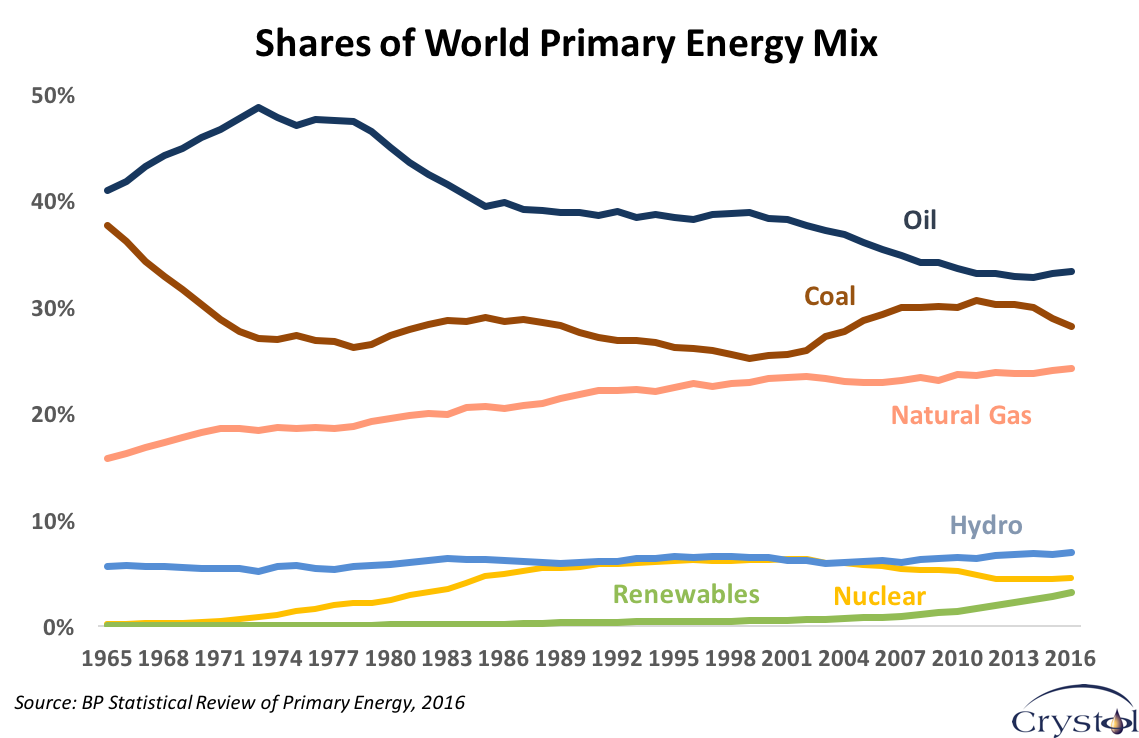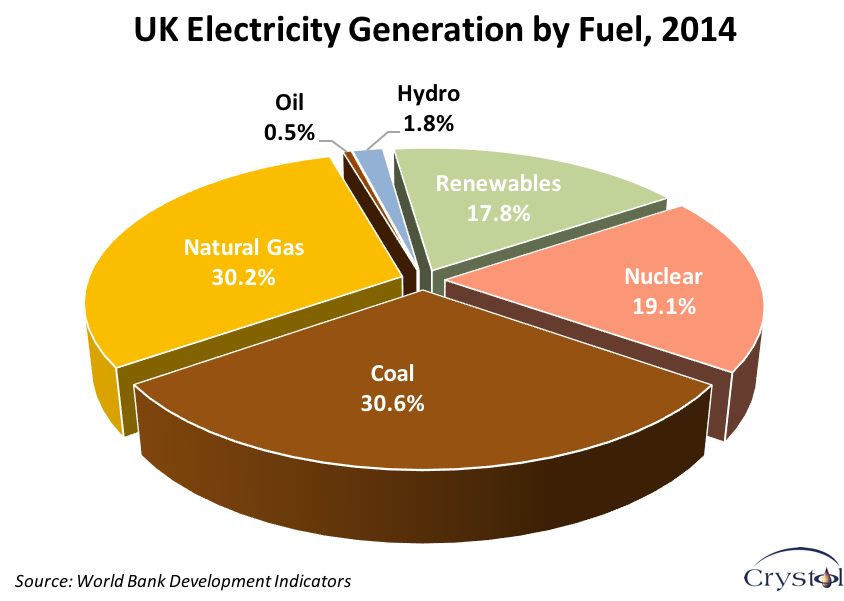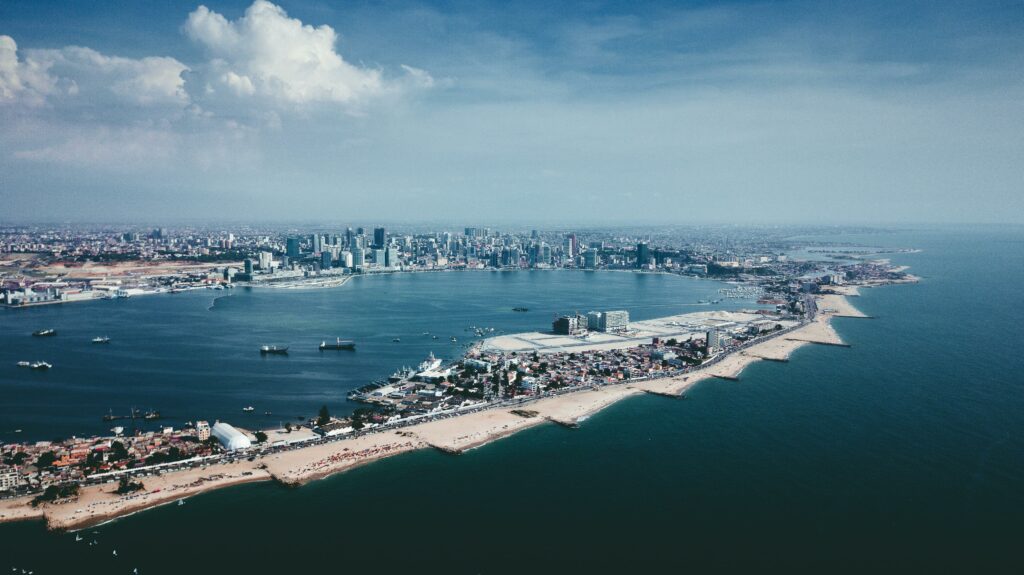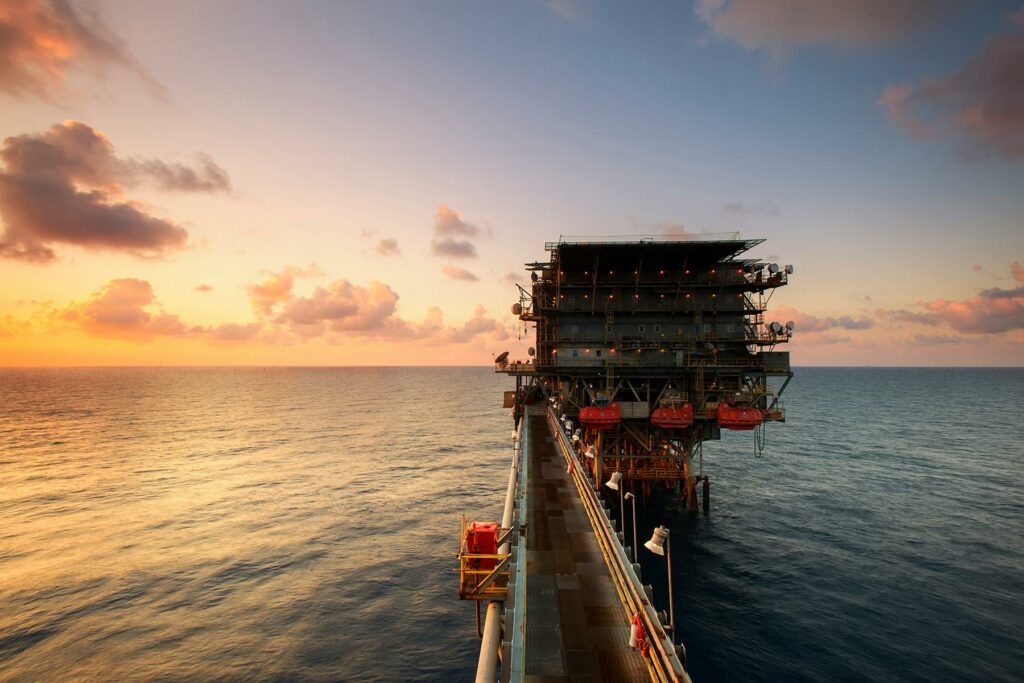Lord Howell
In a speech given on the electricity market, entitled ‘The Price of Power: Reforming the Electricity Market‘, in the House of Lords, Lord Howell, Chairman of the Advisory Board of Crystol Energy, expresses concerns about the cost of Hinckley Point C nuclear power project.
The speech is reproduced with his kind permission.
My Lords, I declare an interest as chairman of Windsor Energy Group, as an adviser to Crystol Energy and Mitsubishi Electric and as a former president of the British Institute of Energy Economics. As the other non-member of the committee in this debate, I have no hesitation in dubbing it an excellent report, a first-class production. I strongly congratulate the noble Lord, Lord Hollick, both on his report and on his speech presenting it, and other noble Lords, particularly my noble friend Lord Forsyth and the noble Lord, Lord Darling. This is the kind of report of which, frankly, we need many more if we are to successfully unravel the absolutely disastrous energy policies of the last two decades that have caused so much suffering and difficulty, and set back this country decisively in international competition.
I will focus purely and simply on Hinkley Point C, which other noble Lords spoke about in detail as well. In a way, it is symptomatic and emblematic of the whole hideous mess into which our energy policy has fallen. The National Audit Office did a very telling and highly critical review which the noble Lord, Lord Hollick, mentioned. I gave evidence to that inquiry. Of course, much has been said about that this evening but I can bring a few more new items to the debate.
I was always worried about the Hinkley project, long before it had final approval here—indeed, I wrote a whole book about it a year or two ago—for the reasons we have heard this evening. I am even more worried now that it has been approved and is under way. I was worried before, as we have heard repeated again and again, because the design does not work and is unproven, the delays have been colossal, Flamanville is full of difficulties, there are vast cost overruns, Areva—the supplier of equipment to EDF—went bankrupt and had to be taken over, and much of the equipment is questioned. As we have heard, even since this report appeared and since the main concrete has begun to be poured, the budget estimates have started rising again by enormous sums. The delay projections have continued and of course will continue. Above all that, there is the eye-watering cost to consumers for decades ahead. We heard all about the grandchild of my noble friend Lord Forsyth. My grandchildren are in the same position. Of course, in 10, 15 or 20 years’ time, this cost will be well above what is likely to be the cost from renewables, even offshore renewables and without storage. If storage technologies develop at the pace they are now, the cost of renewables offshore and onshore for wind and solar will come down vastly. This £92.50 or maybe £89.50 strike price for Hinkley Point will be miles above that of electricity from renewables, let alone from conventional sources.
Why am I even more worried now than I was when it was being discussed and proposed, after the decision last summer that it should go ahead? There are two primary reasons. First, any failure, setback or major faltering would now threaten thousands of jobs and careers which have all been committed to this. There are enormous developments in West Somerset, with hundreds of new schools and houses being built. A vast new social project has come up and thousands of people have committed their lives to this going forward. That is the danger when you get into a project like this. It becomes almost impossible to see how you will escape from it if it goes wrong.
Secondly, we have heard this evening all sorts of reasons why there might be a failure at Hinkley Point C. The Government in their reply even have a section on a contingency—it is in an annexe—so they are presumably aware of the dangers as well. Any failure would do huge damage to UK-China relations. Our relationship for trade, business and security with China over the next 20 or 30 years is absolutely vital and has been built up very successfully. That would be damaged if this goes wrong and there would be, rightfully, feelings among both the 25,000 in West Somerset and our Chinese allies that they had been betrayed. Those are two worries that we cannot just brush aside. In particular, the Chinese have seen their one-third investment in Hinkley Point C as the way to further investment and development of their nuclear building capacities in Europe. Of course, they have fixed their eyes on building, with the Hualong technology, a nuclear power station at Bradwell in Essex.
So what do we do? I think there are two options. One is to stand here and all shake our heads and wring our hands, but I am afraid the milk has been spilled; the thing is committed and we now have to think of how we can move out of the very dangerous and immensely damaging situation into which policy-makers have allowed us to drift. Of course, the answer is that there has to be a plan B at Hinkley Point: something else has to be built there. I suggested this some months ago, amid some cries of dismay, but that is what I believe is going to happen. That is better than just wringing our hands.
Fortunately, the plan B that I think is beginning to take shape is being led by the Chinese themselves, who appear to recognise the sorts of difficulties we have discussed this evening. I think they see shrewdly that this cannot continue on the present path because it will lead to disaster. Incidentally, they have not paid their contribution yet to the project. The cheque has not yet been written—probably quite cannily.
What is the way forward? I think it lies in the direction of what the Chinese authorities are now calling the “nimble dragon” technology. This is the very rapid development—much more rapid than over here or in America—of small, modular reactors, which the noble Lords, Lord Darling and Lord Hollick, mentioned. The Chinese have installed a working one, I think, on the island of Hainan, and are developing this whole concept very rapidly indeed. This is the Linglong technology, as opposed to the Hualong technology, which they were talking about for Bradwell. They are also developing, as are other countries, technologies for using the molten salt methods, which provide much more passive cooling and much less radioactive and much safer forms of nuclear energy generation. They are safer and quicker and they may be, although this is yet to be proven, cheaper.
What we are talking about are rows of smaller, 300 megawatt plants—so you would need six, seven, eight, nine or even 10 of those to match the gigantic 3.2 gigawatt plant that was planned for Hinkley. But I would not be surprised if the Chinese begin to see these smaller, modular reactors as an alternative to the whole EDF Hinkley project, in which obviously they have declining confidence. As I say, there would need to be a series of them. They can be built in the factory. A learning curve takes place but this is now well within reach, and certainly within reach in the timescale of between now and 2027.
That is the new point which I thought I would add to our discussion: we may yet be saved by the farsightedness and perception of the Chinese, whom we must not let down and we must work with to develop an alternative to the Hinkley dinosaur. Nuclear power, which I have always been very supportive of, offers two prizes: security of supply and low-carbon electricity, which is good; as well as, of course, the supply of non-intermittent electricity. The question is: how much should we pay for it? At Hinkley the question was never properly asked and has certainly never been answered. It should be, rather quickly.










